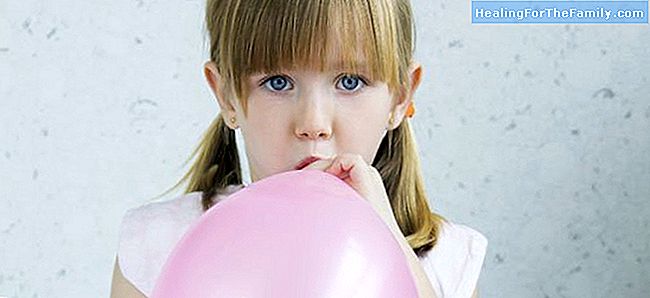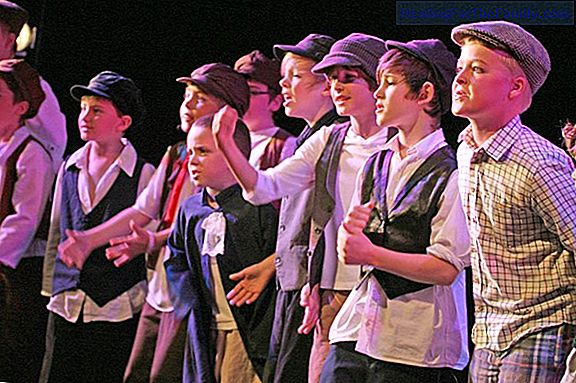5 Games to teach children how to breathe
It is more than common to hear children whose voice is especially serious, torn or tense. In the majority of the occasions, it is due to a problem of misuse of the voice , due to incorrect habits or because they did not learn to work the voice correctly. The first step for our children to use their
It is more than common to hear children whose voice is especially serious, torn or tense. In the majority of the occasions, it is due to a problem of misuse of the voice, due to incorrect habits or because they did not learn to work the voice correctly.
The first step for our children to use their voice properly and not suffer from vocal pathologies, is to have a good breath, something that is not usually easy to understand and, above all, to start up. Here are some examples of how we can help them do it visually and fun.
How to teach children how to breathe

1. The first thing we should explain to children is that breathing consists of two phases: catching the air and expelling it. However, between the two there is another important step, which is to retain the air we have taken before releasing it. Then, we will clarify that the air intake (inspiration) will always be through the nose, while its output (expiration) must be through the mouth.
2. In this first contact, the child should lie on a surface, face up. In that position we will ask you to place one of your hands on the chest, while the other is placed in the abdominal area, on the belly. We will tell you that the hand placed above will be like a policeman in charge of watching that his chest does not rise. For its part, the belly will rise to catch the air but will fall when released. If you find it difficult, we can put a weight of about one kilo (a book, a small bag, ...) on the gut so you can see it more easily.
3. We will train in various inspiratory and expiratory times. For example: 1 second to take a breath, pause, and another to release it; then 1 second to catch, hold and 2 seconds to eject; later, same duration of inspiration but we will increase expiration to 3. Once achieved, 2 seconds will be taken with air expulsion in 1, 2 and 3 seconds, expiratory times that we will repeat later with an inspiration of 3 seconds.
When we are sure that our child has mastered these exercises, he will be ready to move on to more more playful activities in which, almost without realizing it, he will automate this new way of breathing.
Breathing and breathing activities for children
In all of them, the adult should supervise that a nasal inspiration is made, checking that the abdomen is filled with air and that the shoulders do not rise. Pom 1. Soap Bubbles:
with them you can make games as you pass a pump from one to another, direct the pump along a small path that we have designed ... 2. Candles:
turn off or make the flame oscillate, located at different distances and with the least number of possible puffs. Pa 3. Drinking straws: make bubbles in the water, play a football game with a handmade aluminum foil ball, make a ping-pong ball sit inside a plastic cup, transfer water from a full container to another vacuum, etc. It is important that the straw be held with the lips and not bitten, since in this way we will favor the strength and the labial seal.
4. Balloons: of different sizes, counting the necessary expirations to inflate them, or making runs to see who manages to inflate more in a certain time.
5. Whistles, blowholes, grinders: we will play to sound, not to move by strong and weak, long and short blows, etc.
As you can see, the materials to be used are economical and easy to find. In addition, you will share a pleasant time with your little ones, knowing that you are teaching them to manage the respiratory function, which will help to prevent possible voice problems.












